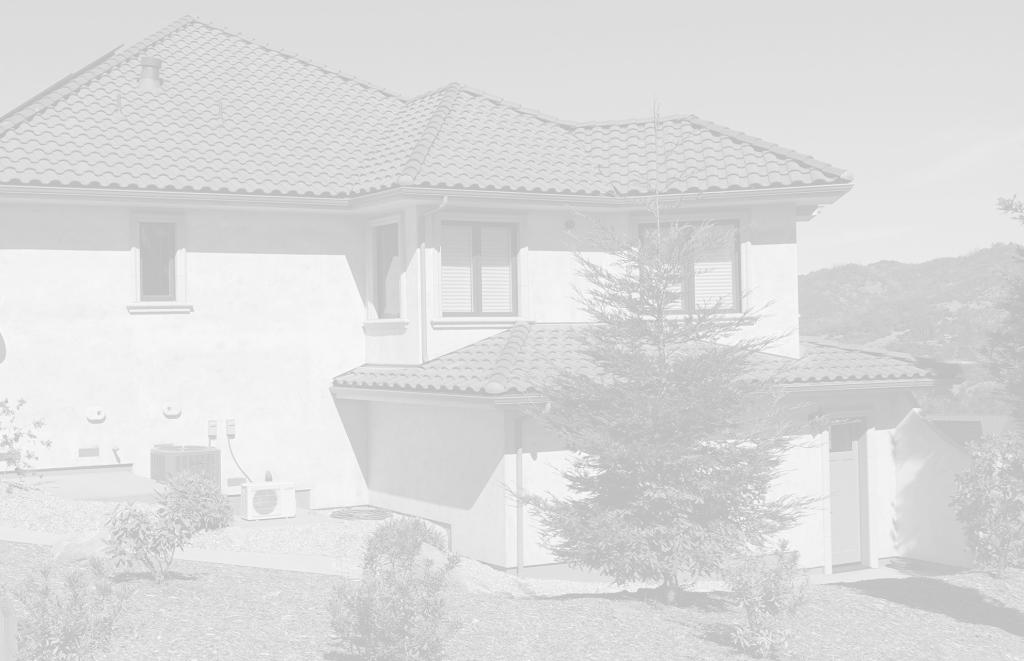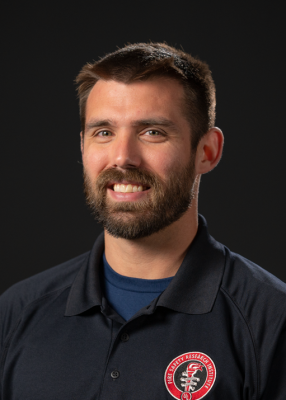
Firebrand Showers Impacting Roofs

- Overview
Wildland urban interface (WUI) fires are responsible for infrastructure destruction throughout the world. The growth of densely populated urban areas increases the impact of these fires via structure-to-structure fire spread. Structures have multiple vulnerabilities, including roof assemblies, that allow fire spread to occur. A key source of ignition in the WUI environment is wind-driven firebrands. Further research is needed to understand the ignition potential of roofing assemblies exposed to wind-driven firebrand showers in order to build the next generation of WUI fire resilient communities.
The Fire Safety Research Institute (FSRI), part of UL Research Institutes is partnering with Reax Engineering to study the impact firebrands have on roof assemblies and vent systems. Led by Reax Engineering principal investigator Dr. Samuel Manzello, experiments will be conducted at the Building Research Institute’s (BRI) wind tunnel facility in Tsukuba, Japan – one of the world’s largest wind tunnels capable of supporting combustion research. Leveraging pre-existing research findings that quantify firebrand generation from burning vegetation and structures, a full-scale firebrand generator will be constructed to study the impact of roofing assemblies exposed to firebrand showers.
Context
More than a decade ago, California identified the need to develop an approach to harden communities to help make infrastructure more ignition resistant. However, the complex ignition and fire spread processes associated with WUI fires are not fully understood. This is a major barrier to developing test methods that can evaluate ignition potential and fire spread and lead to the next generation of building codes and standards that will help keep communities safe from WUI fire exposures.
“I am truly honored to partner with the excellent team at FSRI as we work to develop the next generation of building codes and standards required to make communities safe and resilient during WUI fires. These fires represent the next frontier in fire safety science, and the extensive knowledge generated by this research effort is critical to address an important global problem facing millions of people throughout the world.”
—Samuel Manzello, Reax Engineering
Research Objectives
This project studies the impact of wind-driven firebrands on roof assemblies including vents to improve their resilience to WUI fire exposure. Specifically, this project will:
- Evaluate firebrand penetration into roofing assemblies fitted with vents
- Evaluate the effectiveness of cap sheets to mitigate roof assembly ignition from firebrand showers
- Form a foundation for improvements to test methods referenced in building codes and standards
"Realistic and repeatable laboratory experiments allow for studying physical phenomena and making observations that can provide insight into what occurs during these WUI fires."
—Daniel Gorham, Research Engineer, FSRI
Research Partners
Published: May 1, 2023



